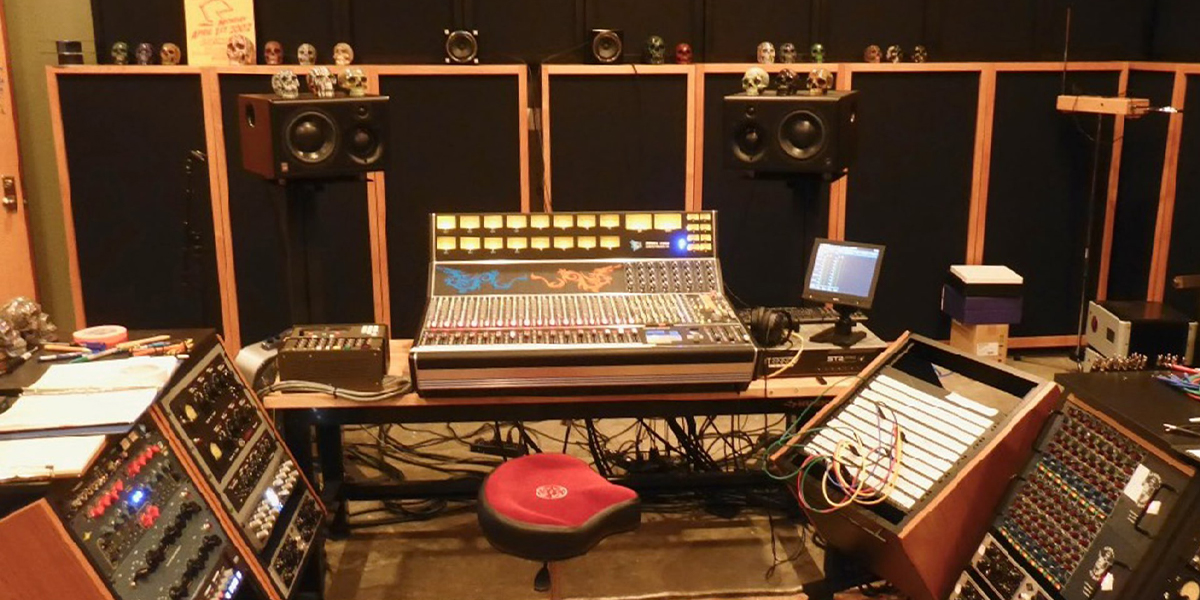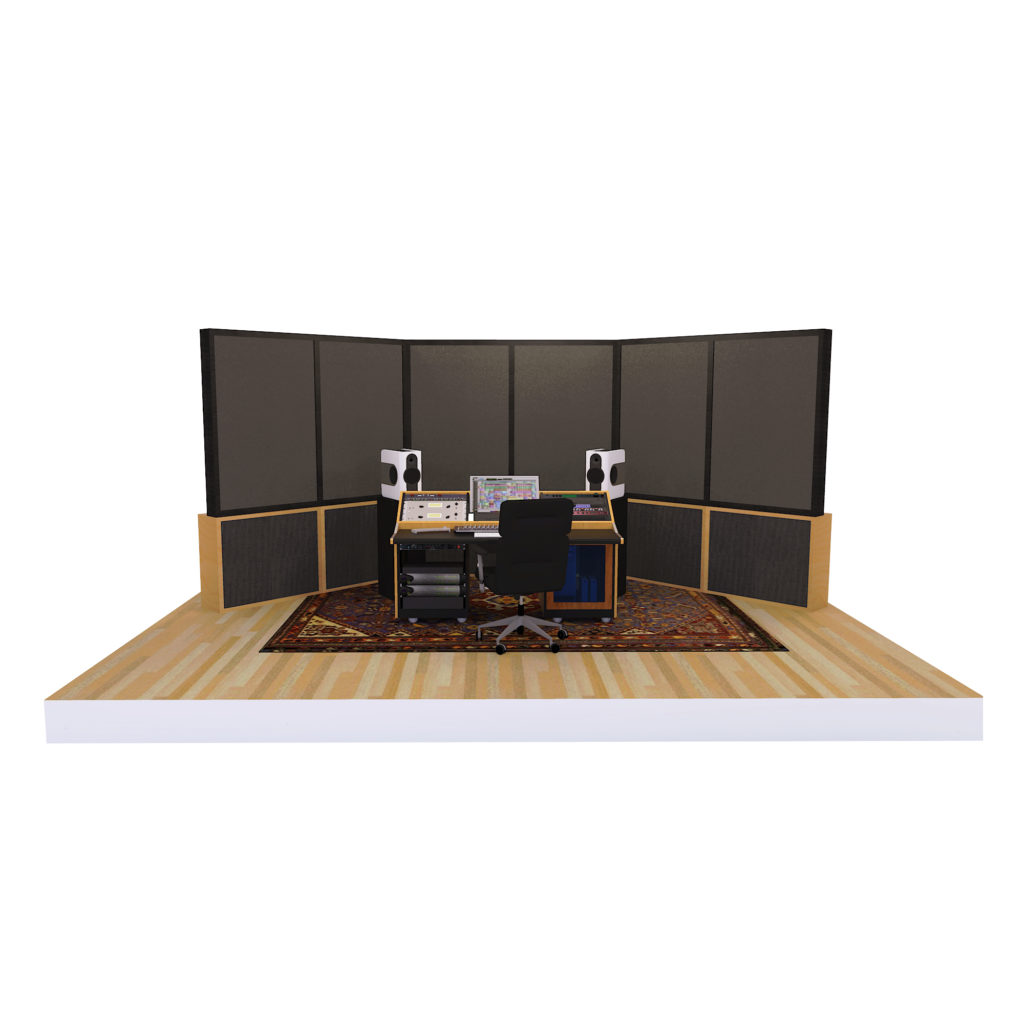
Table of Contents
Introduction
A music studio room can have many meanings. Is your music studio room going to be used to record live instruments and vocals?? Is your music studio room going to be used to mix already recorded songs? Is your music studio room going to be used to record just vocals? How about a music studio room for just playing or jamming without recording.
There is a vast difference in surface area coverages along with the treatment type that must be addressed so as to align correctly with the chosen usage. The usage of any room must be completely defined before any progress can be achieved with treatment. Different instruments produce different amounts of energy. It’s the frequency and strength of that energy that must be addressed.
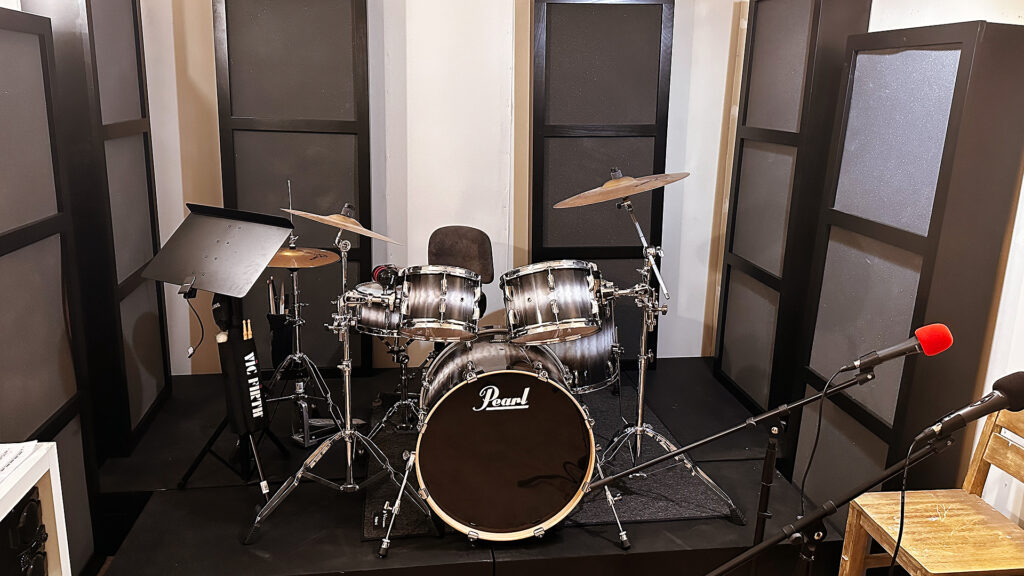
Optimizing Room Energy
The room only sees energy. It is the energy you place within the room that determines how much and what type of low, middle, and high frequency treatment the room usage will require. First, you must address the low frequencies within any room size and volume.
Low frequency energy produces pressure waves throughout the room that can exaggerate or attenuate certain frequencies. Low frequency pressure issues require treatment on all four walls and some rooms may require low frequency pressure management on the floor to ceiling dimension. Middle and high frequency energy is ray energy. It is smaller in length and produces reflections from the four walls and ceiling. Middle and high frequency energy is where voice lies.
https://www.britannica.com/science/amplitude-physics
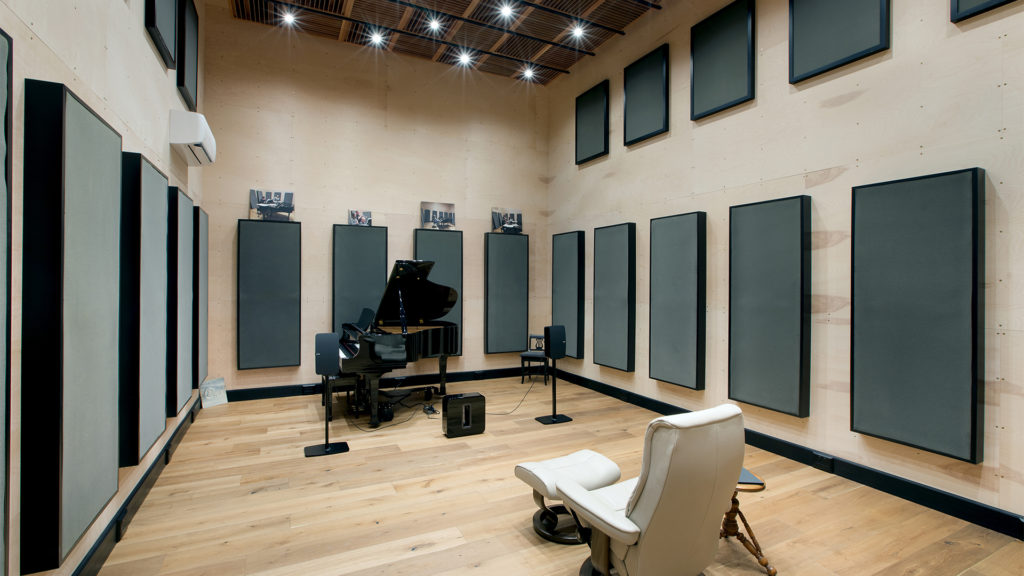
Designing for Specific Energy Sources and Frequency Ranges
Any music studio room must have a defined usage. Since the room only sees energy, we must know all the energy sources that will be placed within the room so we can understand the frequency and amplitude of all energy sources within any music studio room. Drum room usage is completely different from voice usage. Drums are what we call full range energy sources.
They produce low, middle, and high frequency energy. Voice is middle and high frequency energy. We must know the lowest frequency of energy that will be placed within the room. It is always the lower frequencies that do not fit with most rooms. When lower frequency energy does not fit within the room, it produces distortions that have a direct impact on the middle and high energy.
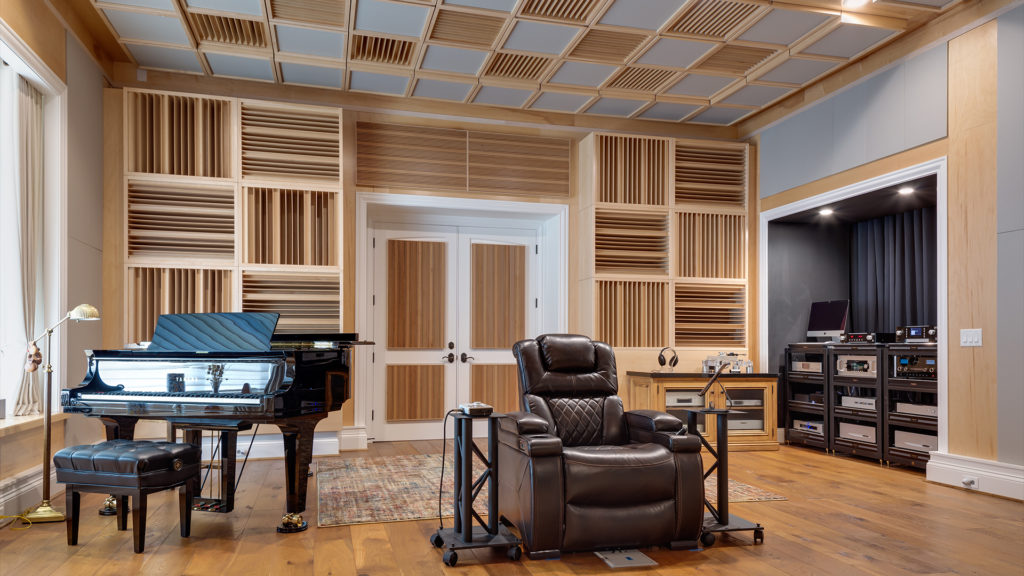
Wall Treatment for Smaller Studio Spaces
Lower frequency energy issues within smaller rooms are the most difficult to treat, requiring a lot of surface area coverage which takes up wall space and makes the room smaller in size. Lower frequency issues are treated by placing panels against each wall. Since it is the wall surface areas that are producing the lower frequency issues we must place the treatment against the offending wall surfaces.
Low frequency treatment can be 12 – 16″ deep. Unfortunately, with low frequency pressure issues, we must make the room smaller by using treatment when the reverse, making the room larger would be a better solution. Unfortunately, with the price of real estate today, smaller seems to be the trend.
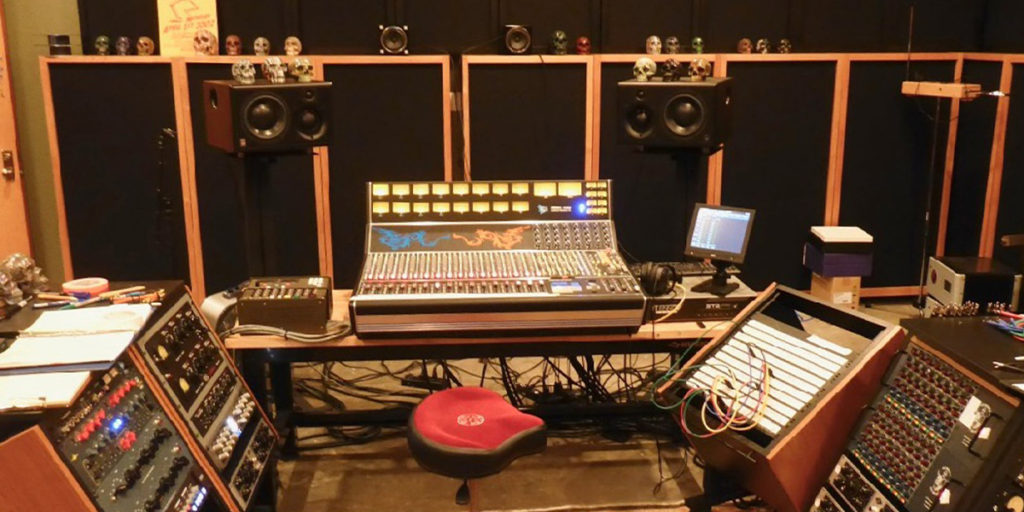
Balanced Frequency Response in Music Studio Rooms
Smaller room sizes and volumes produce more lower frequency distortions. They are called room modes. Room modes do two things. They exaggerate certain frequencies and they eleimante others to the point that you will not hear certain octave bands at all. None of these two extremes are acceptable in any music studio room where every note must be heard and felt.
Room modes are the first issue. For middle and high frequency energy we must not deal with pressure waves but rather rays of energy which produce reflections from our room boundary surfaces. The reflected energy from the four walls along with reflections from the floor and ceiling must be designed for and treated with the correct treatment. At Acoustic Fields , we can assist you with these design issues.


